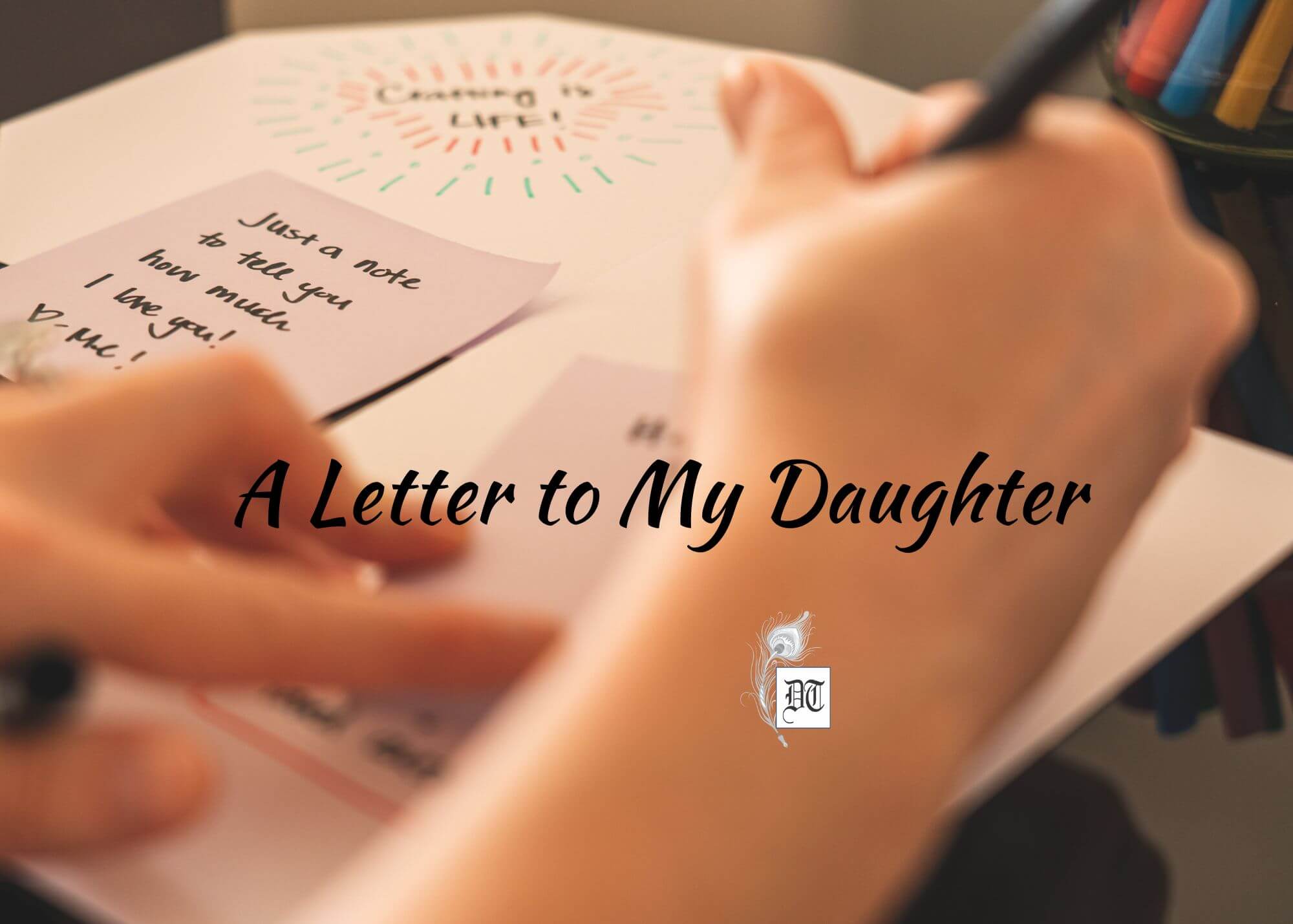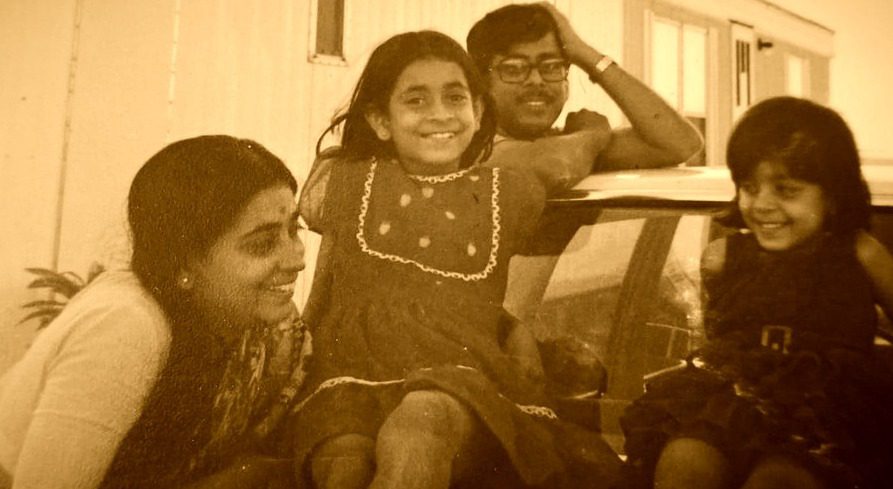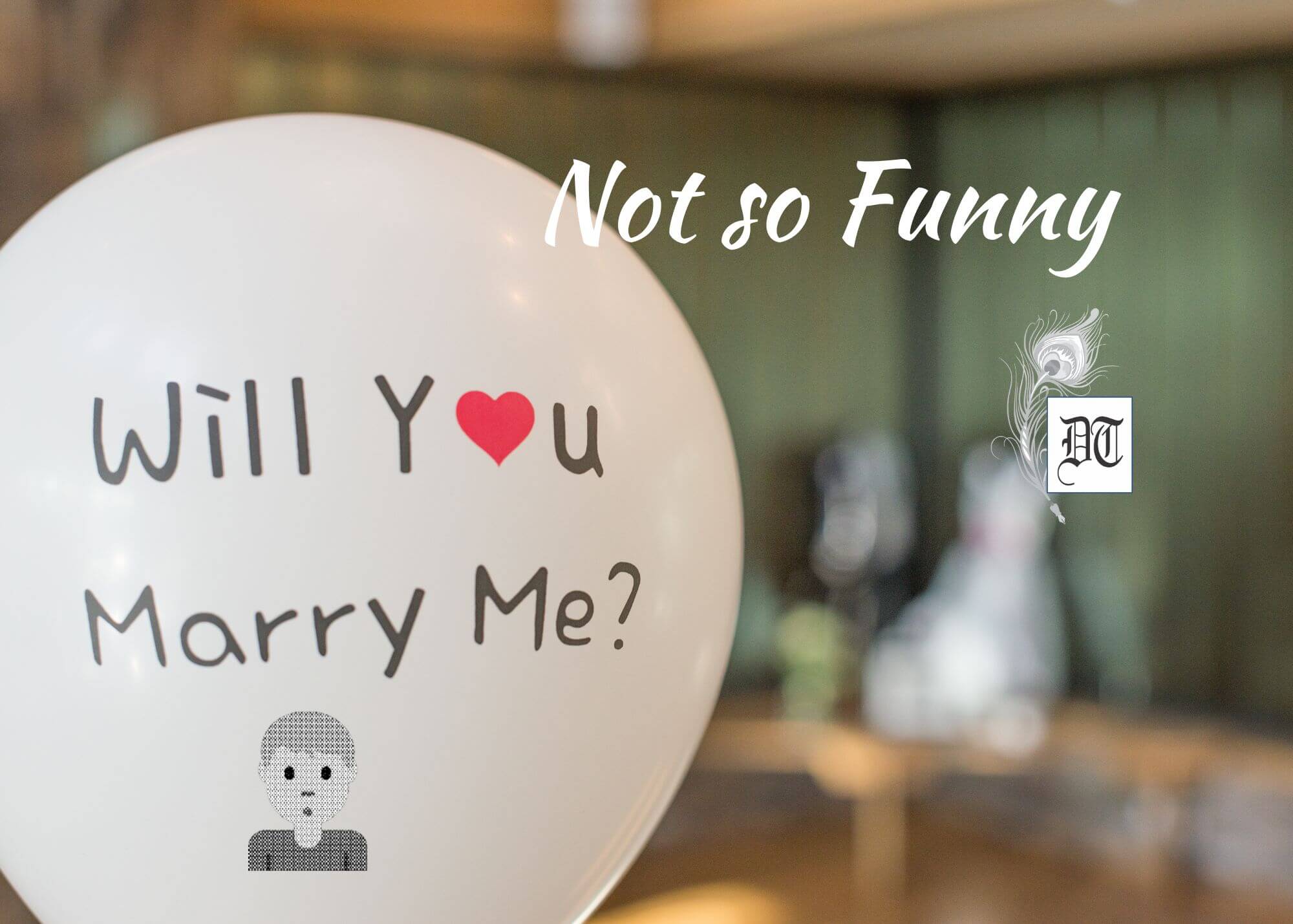Humourist Soumya takes a dig at the cross-cultural wedding of a Bong and a Punjabi. The cultural differences were sharply magnified to the woes of each side – later he married a Punjabi girl too. Have a hearty laugh, in the weekly column, exclusively in Different Truths.
Cross-cultural weddings are great for national integration, but hell on the nerves of the protagonists.
A brother Bong, frolicking in our national capital under the guise of pursuing our national pastime of trying to infiltrate the ranks of the civil servants – our rather uncivil masters – was pursuing far more attractive interests, and succeeded in lassoing a lissome lass from the land of the sunheri sarson ki khet (golden mustard farms).
The pursued Punjaban pledged her next seven lives to this bespectacled Bong, subject to ratification from higher authorities, in this case, her six-foot dad.
Our brave Bong was undeterred, and using diplomacy reminiscent of King Khan in DDLJ (Dilwale Dulhania Le Jayenge or ‘The Largehearted will Take Away the Bride’), acquired the said blessings. His trials and tribulations during the process can be glossed over, as everyone who has seen Vicky Donor will get the gist.
Finally, the great day arrived, and the requisite banquet hall was hired, decorators caterers, et al were unleashed, relatives descended by the hordes, and chaos ruled. If you have seen Monsoon Wedding, you will get a general idea.
Now, the modest Bengali baraat (groom’s party) arrived at the capital, apprehensive of the larger-than-life in-laws and the famous Northern khatirdaari (hospitality), especially for the hallowed parents of Lord Groom left them rather frightened.
Readers must remember that this was before the days of HAHK (Hum Aapke Hain Koun or ‘Who am I to You’), and numerous other Punjabi wedding videos passing off as cinema and television entertainment, and the nation at large was yet to be indoctrinated in Punjabi culture (an oxymoron according to Bongs), and all nuptials were not necessarily conducted as per Bollywood version of Punjabi.
So the arrival of the baraat, dressed in traditional dhoti- kurta or Punjabi, as the Bengalis called the kurta to add to the confusion, thoroughly disappointed the suited booted and dazzlingly costumed larkiwale (bride’s party). Please remember that King Khan had yet to familiarise the nation to Bollywood Bong culture via Devdas.
Meanwhile, the ‘bhadralok’ (gentle folks, a new class that emerged during the Raj) baratis were suppressing their horror at the garish décor and blatant display of new money, and recoiled at the cash being showered on them in the ‘milni’ [a wedding ritual of introductions, the bride’s relatives give shagun (a token of good luck) to the groom’s close relatives in descending order of age. Cash and clothes are gifted.]
As everyone knows today, the most important ritual in any wedding is the ‘hiding of the shoes’ ceremony. The womenfolk of the bride’s family holds the groom’s shoes to ransom, after wrangling it through guile and stratagem from the groom’s friends, who are entrusted with the holy duty of its protection, much flirtation and seduction ensuing in the process with full parental approval, and finally it is returned to the groom after a ransom fit for Sirajaddaulas infamous shoes is paid, thus recovering a minuscule fraction of the dowry that went out.
Back in those dark ages, unenlightened by Bollywood, the baraat was unaware of this essential ritual. Having come in dhoti and chappals, they foxed the pretty ladies by a complete absence of shoes. Moreover, there was nothing to distinguish the groom’s chappals from the rest. Unaware of the ceremony, they made no attempt to hide their footwear, taking away the fun of battle. Worst, being good Bengalis, they took off their footwear before entering the marriage hall, thus completely ruining the game…
The frustrated damsels after much cursing of the rustic baratis, hit upon a solution. They stole all the  chappals.
chappals.
Disaster struck as the bridegroom’s party was about to leave, post an unsatisfactory dinner, which, however lavish, was served as a buffet, which was unheard of in Bengal in those days, as the bhadralok is incapable of serving himself. At the entrance, they discovered the missing foot wears, and commiserated with the groom’s father on having as in-laws a family of footwear stealers, no doubt the source of this vulgarly displayed wealth. And such dedication to the craft, even wedding guests are not exempt. The flustered father of the groom raised the matter hesitantly with the father of the bride, and a seething six-footer Surd breathed fire at the hapless nymphets. Disgruntled by the lack of sportsmanship in their rustic Jijaji and his clan of uncivilised boors, they brought out a sack and overturned it in the courtyard, spewing myriad footwear amongst the startled guests.
Much explanation later, tempers were soothed and sheepish apologies exchanged.
The marriage survived.
Wiser by the experience, I got hitched at registers, and invited friends only to the do at my bachelor digs, the feast being largely liquid. Formal receptions with the different sets of relatives were held in different cities, with token representation from the other side. Until the great Punjabi cultural invasion spread to the edges of our great land, this was the only stress-free option for a cross-cultural alliance.
©Soumya Mukherjee
Photos from the internet.
#Humour #InterculturalWedding #BengaliAndPunjabiWedding #HumourAtWeddings #DifferentTruths










